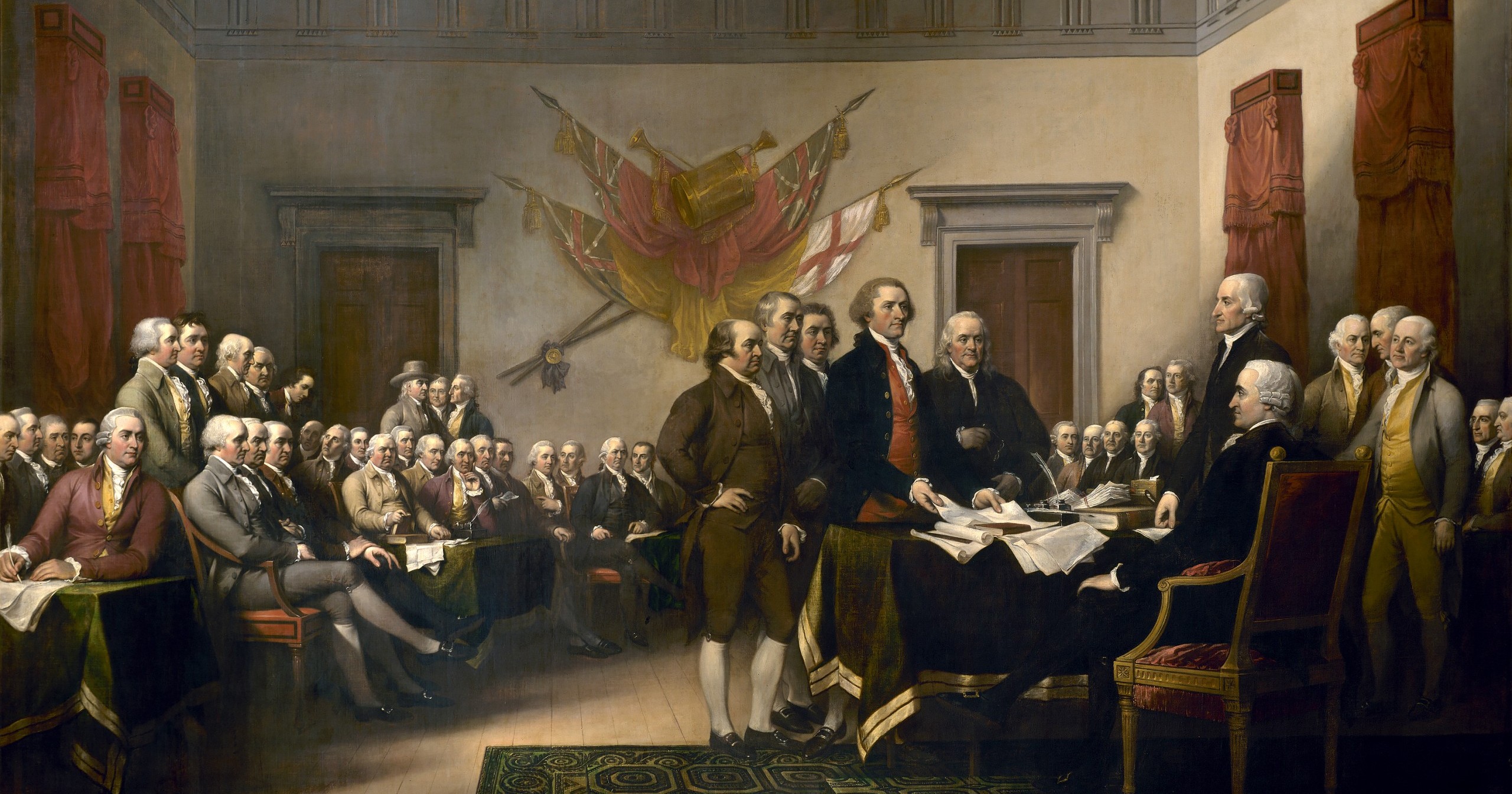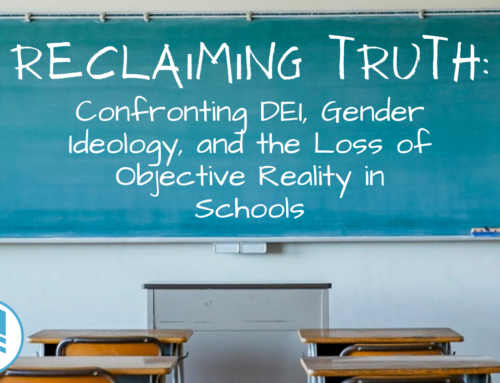
Hillsdale College has released a free American history and civics lesson curriculum for K-12 students titled “The Hillsdale 1776 Curriculum.” The new resource is designed to ensure students learn about the truth of America’s founding and other vital moments in the nation’s history.
Dr. Kathleen O’Toole, Assistant Provost for K-12 Education at Hillsdale College, gave NWEF a statement about the Hillsdale 1776 Curriculum:
“The Hillsdale 1776 Curriculum represents a culmination of the endeavors of decades of forming and honing curriculum at Hillsdale College, Hillsdale Academy, and its dozens of associated K-12 charter schools, bringing together and producing a content-rich curriculum that covers both American history as well as American government, politics, and civics,” O’Toole said.
The release of The Hillsdale 1776 Curriculum comes in the midst of self-labeled “anti-racist” ideas like the 1619 Project that wish to reshape how American history is taught in schools. The New York Times introduced the 1619 Project, which tells a different story of America’s origin than you might have grown up hearing. The project relates that in the year 1619, twenty enslaved Africans were brought to Point Comfort in Virginia and sold to colonists. The 1619 Project is designed to be “an ongoing initiative from The New York Times Magazine that began in August 2019, the 400th anniversary of the beginning of American slavery. It aims to reframe the country’s history by placing the consequences of slavery and the contributions of black Americans at the very center of our national narrative.”
The 1619 Project claims that at that time in history, “America was not yet America, but this was the moment it began.” In other words, the project argues that America’s true birth was the year 1619, not 1776. In their view, the country was founded upon that first instance of slavery.
After receiving backlash, The Times has updated its online version of the article to exclude the portion about 1619 being America’s real birth. The current online version can be viewed here, but the original article is available on the Pulitzer Center’s website.
National Review points out that many people have taken issue with the 1619 Project’s claims that America was founded upon slavery and racism rather than the ideas of liberty and prosperity found in the Declaration of Independence.
In the face of public misconceptions, The Hillsdale 1776 Curriculum aims to provide an honest history of America’s founding.
“The inspiration for this curriculum springs from a [sincere] admiration and respect for America’s Founders and the principles they expressed so beautifully in the preamble of the Declaration of Independence — the recognition that all men are created equal, that our natural rights pre-exist government, and that governments are formed to protect the life, liberty, and pursuit of happiness of all citizens,” Assistant Provost O’Toole shared with NWEF.
“This curriculum seeks to tell the entire grand narrative of the American story — the promises, the perils, the tragedies, and triumphs. Through extensive use of primary source documents, the Hillsdale 1776 Curriculum highlights both the moments when we’ve fallen short of our founding principles and when we’ve nobly met them. It’s an unabashed, candid look at the fullness of American history, rather than cherry-picking a story to tell students.”
O’Toole explained that The Hillsdale 1776 Curriculum currently includes information on America’s founding, the U.S. Civil War, and civics. By the end of the year, the program will “expand to include the entirety of American history, including units on Colonial America, the Early Republic, the Gilded Age and Progressive Era, the Great Depression, the World Wars, the Cold War, and Modern America.”
“There’s a hunger in the country right now for a balanced, honest, full account of American history,” O’Toole stated. “And yet, because [of] the problematic trends of how the American educational system has handled education [going] back generations, we know the work of fixing and properly restoring how we teach American history in this country is going to take years of hard work from teachers, school administrators, students, and parents. To that end, we are—and have been—in this for the long haul, and we hope that this curriculum will be used in classrooms for years to come.”
The curriculum is available for free download on Hillsdale College’s website.
Who gets to decide what historical narrative your child learns in civics class? You? The teachers? The state?
While state and local authorities work together to decide and implement curriculum standards, they don’t act in a vacuum. As a parent, taxpayer, and voting citizen, you have the right to review your child’s history curriculum and communicate with your local school board about the quality of the content.
Teachers, administrators, and lawmakers aren’t out to get you—but there are certainly some varying perspectives that come to the table when they make decisions for your child. If you want to step up and get involved in personally supervising what your local school is teaching, attending school board meetings is a great place to start. Asking respectful questions and assuming the best of people’s intentions (many of them are working very hard to take care of your kids, after all!) will get you a long way in understanding their perspective and sharing yours.
What if your local school board is doing a great job? Well, you should still get involved! Teaching is hard work, and supportive parents can make the job much easier. Whether you agree with your local school curriculum and policies or not, your involvement as a parent makes all the difference.





Hi! I must say that this article is very well-written. You’ve done a great job explaining the core ideas of
the issue.
One of the things I found most interesting was the way you approached the challenges discussed.
It was enlightening to see it from that angle about how
I can use this information.
Could you possibly write about related topics
like this in upcoming content.
Appreciate the knowledge. Eager to read more of your posts.
Cheers!